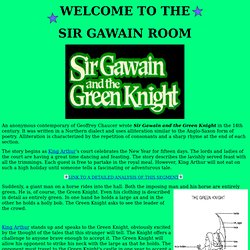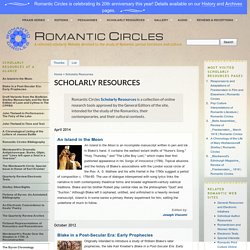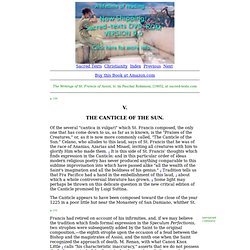

Sir Gawain and the Green Knight-MUSEUM PAGE. An anonymous contemporary of Geoffrey Chaucer wrote Sir Gawain and the Green Knight in the 14th century.

It was written in a Northern dialect and uses alliteration similar to the Anglo-Saxon form of poetry. Alliteration is characterized by the repetition of consonants and a sharp rhyme at the end of each section. The story begins as King Arthur's court celebrates the New Year for fifteen days. The lords and ladies of the court are having a great time dancing and feasting. The story describes the lavishly served feast with all the trimmings. Suddenly, a giant man on a horse rides into the hall. Entirely green. King Arthur stands up and speaks to the Green Knight, obviously excited by the thought of the tales that this stranger will tell. The Green Knight doesn't move or flinch as he offers his bare neck to Gawain.
After a year has passed, Sir Gawain must prepare to leave for his journey to the castle of the Green Knight. Such a bitter blow. "Why should I tarry? Klaeber's Beowulf and The Fight at Finnsburg.
Frankenstein: The Pennsylvania Electronic Edition. Literary Theory and Schools of Criticism. Summary: This resource will help you begin the process of understanding literary theory and schools of criticism and how they are used in the academy.

Contributors:Allen Brizee, J. Case TompkinsLast Edited: 2011-10-19 02:17:43 What Do You Think? At its most basic level, reader response criticism considers readers' reactions to literature as vital to interpreting the meaning of the text. Tyson explains that "...reader-response theorists share two beliefs: 1) that the role of the reader cannot be omitted from our understanding of literature and 2) that readers do not passively consume the meaning presented to them by an objective literary text; rather they actively make the meaning they find in literature" (154).
Typical questions: How does the interaction of text and reader create meaning? Here is a list of scholars we encourage you to explore to further your understanding of this theory: Peter Rabinowitz - Before Reading, 1987Stanley Fish - Is There a Text in This Class? Scholarly Resources - Romantic Circles. Originally intended to introduce a study of William Blake’s later prophecies, the late Karl Kroeber’s Blake in a Post-Secular Era: Early Prophecies is an accessible and astute survey of the prophetic work that Blake executed between 1788 and 1794.

For Kroeber (1926-2009), former Mellon Professor of the Humanities at Columbia University, the post-secular era we are now entering should be prepared to recognize Blake’s centrality in academic literary humanism, which—in its secular phase—excluded Blake on account of his radical Christianity. Such exclusion, Kroeber points out, has not diminished Blake’s immense—and still growing—impact on popular culture, on our music, fiction, film, and graphic novels, as well as on our ideas of creativity, spirituality, and individuality. The N-Town Plays: A modernization. The Johns Hopkins Guide to Literary Theory and Criticism. Grand Text Auto. Resources for East Asian Language and Thought. The Green Knight ~ Other Characters in Arthurian Legend. Gawain accepted this challenge and he was allowed to strike first.

He cut off the Green Knight's head. The latter calmly picked it up and told Gawain to meet him on New Year's Morning for his turn. On his way to this meeting, Gawain lodged with a lord and each agreed to give the other what he had obtained during each day of Gawain's stay. On the first day, when the lord was out hunting, Gawain received a kiss from his wife which was duly passed on. On the second day, he received a brace of kisses which were also passed on. Understanding Literature. Tale of Genji - About. The Art Of Translation. The Confessions of St. Augustine by Bishop of Hippo Saint Augustine. The Enlightenment. The Writings of St. Francis of Assisi: Part III. Prayers of St. Francis: V. The Canticle of the Sun.
Sacred Texts Christianity Index Previous Next Buy this Book at Amazon.com The Writings of St.

Francis of Assisi, tr. by Paschal Robinson, [1905], at sacred-texts.com.